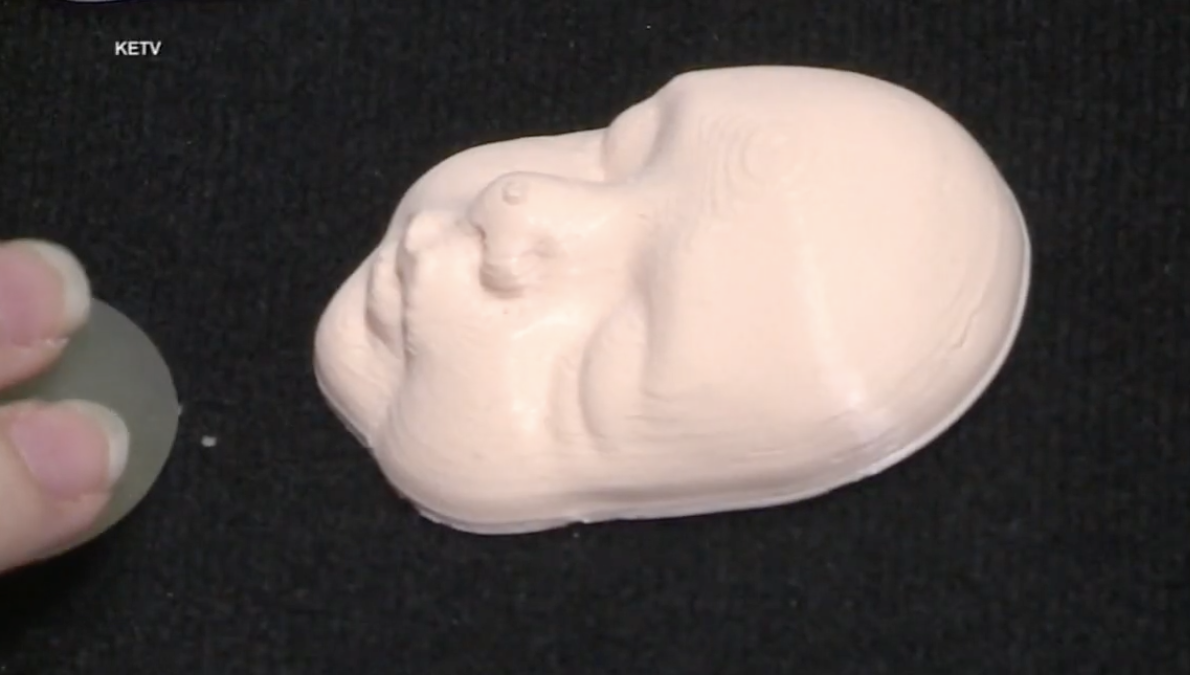
In 2020, NASA launched Perseverance, its latest car-sized Mars rover designed to explore Mars. Manufactured by the Jet Propulsion Laboratory, the rover successfully landed on Mars on February 18, 2021, and has been taking incredible photos ever since, but now it may have found “cryptic life.”
According to Space.com, “NASA’s newest rover has roamed multiple miles around the Red Planet’s Jezero Crater, searching for signs of ancient life and hints about Mars’ past. The rover, part of NASA’s ambitious Mars 2020 mission, has been collecting a huge amount of information about the Martian surface and its rocks, and today the team behind the Perseverance rover published three new research papers detailing their findings so far.
Perseverance is NASA’s most advanced rover yet, and can study Martian rocks in greater detail than any predecessor. Its suite of instruments includes Mastcam-Z, the “eyes” of the rover that allow it to study rocks at a distance, as well as SHERLOC and PIXL, two pieces of tech that perform X-ray and ultraviolet spectroscopy, which analyze in detail the make-up of rocks and minerals.”
For decades, satellites like the Mars Reconnaissance Orbiter have been scouting the Martian surface for interesting places to explore. The area around Perseverance’s landing site in Jezero Crater is exciting to astronomers, since they suspect it used to be a river delta that emptied into a lake contained within the crater itself.
Water has been a long-standing point of interest on Mars, from Mariner 9’s first images of the water-carved canyon of Valles Marineris in the 1970s to direct evidence of water ice dug up by landers like Phoenix in 2008 and beyond. Humans are naturally obsessed with water, since it’s such a key ingredient for life — whether that’s finding alien life or supporting our own during human space travel. Although it’s well-established that Mars had some water at some point, planetary scientists are still trying to figure out the details of the timeline and just how much water was flowing.”
The pictures taken by the rover are incredible.
New achievement unlocked! After taking 15 rock cores and one atmospheric sample, I now have my third sample type: “regolith” (loose, sandy material). This specialized, hollow drill bit is another great tool for #SamplingMars.
Read more: https://t.co/59ySl17teW pic.twitter.com/1HBd1UIMhs
— NASA's Perseverance Mars Rover (@NASAPersevere) December 5, 2022
Now Perseverance is on the search to find life on the Red Planet.
The Washington Post offered details of the mission. Perseverance made a bulls-eye landing in Jezero Crater on Feb. 18, 2021, and has been roaming it since, caching rock samples along the way for later scrutiny back on Earth. This is an ambitious, multiphase mission that will require NASA and its partner, the European Space Agency, to send another vehicle to the surface of Mars with the capability of launching samples into orbit. A spacecraft would then carry those samples back to Earth for laboratory research. The precise timetable is still to be determined, but NASA is hoping to have the samples on home turf in the early 2030s.
This study of Mars is part of the efflorescence of the young field of astrobiology, which includes the search for potentially habitable worlds and the first example of extraterrestrial life. Despite the efforts of generations of scientists, and notwithstanding the claims of UFO buffs, the discovery of life beyond Earth remains aspirational.
Even finding organics — life-friendly molecules with combinations of carbon, hydrogen and oxygen — is a far cry from discovering life or even proof of its presence in the past. Such molecules can be either biological or nonbiological in origin.
Still, Mars is front and center in NASA’s search because it has many favorable traits. Mars probably was far more Earthlike about 3 billion years ago, with warmer and wetter conditions. Life may have once existed on Earth and Mars simultaneously, and it is possible that it originated on Mars and spread to Earth via meteorites. And though the surface now is an arid wasteland, the planet could have liquid water in significant quantities beneath the surface, and possibly “cryptic” life.
“Taken together, the new studies advance our understanding of the tantalizing and habitable version of Mars that existed billions of years ago. The mission teams now look forward to many more years of exploration on the Martian surface, and eventually, the successful return of Perseverance’s samples to Earth. Perhaps one day, these efforts might answer one of the ultimate questions in science: Is Earth the only planet that has ever hosted life?,” Vice wrote.
“It’s been a really amazing journey,” Eva Scheller, a planetary scientist at the Massachusetts Institute of Technology who led the study, told Vice. She added that she started working on the mission when NASA was still figuring out where to land the rover on Mars. “I’ve really been able to see the mission unfold scientifically from the very beginning, so it’s actually a little bit surreal that we finally figured out a place to land and we actually got information from where we landed. It has been a huge undertaking by hundreds and hundreds of people.”
As Fox Mulder once said: The Truth is out there…
[Read More: Take A Ride On The Elephant Express]









